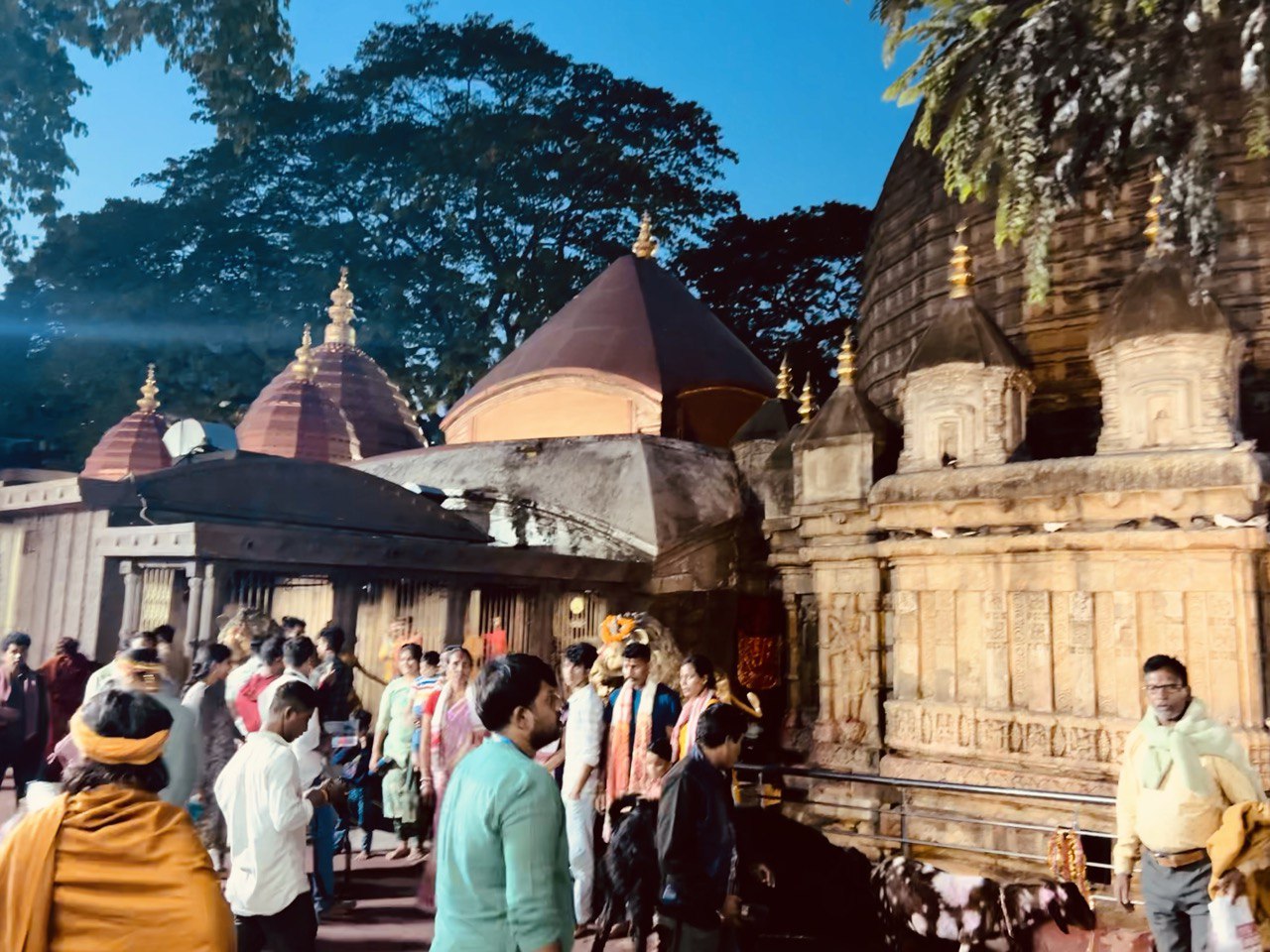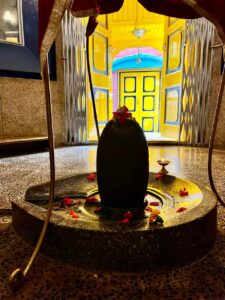In the previous text, we concluded that classical tantra is primarily based on Kaula Tantra, or non-dualistic tantra, whose highest goal is enlightenment. In the West today, the type of tantra that is widespread is often referred to as neo-tantra, suggesting that it’s a kind of modernized version of tantra. But does neo-tantra still have anything in common with classical tantra, or is it just the name that remains the same?
Looking at the history of tantra, it has evolved constantly over the centuries—especially in terms of its practices. Even within the same time period, different tantric lineages had differing practices. When tantra practitioners met in India centuries ago, their question to one another was: What kind of tantra do you practice?
Tantric teachings were passed down through a teacher or guru, and each guru had their own specific energy they worked with and into which their students were initiated. This is why tantric lineages have always existed—to ensure a certain quality of teaching was passed on. But the goal of tantra has always remained the same: enlightenment. Therefore, it was customary to go from guru to guru to receive initiations into different tantric lineages. To be initiated, a student had to go through years of trials that served spiritual growth and maturity—these were mostly not theoretical teachings, but physical challenges that reduced attachments, expanded consciousness, and so on. In fact, classical tantric lineages still exist in India today, so it’s still possible to study classical tantra there.
In its early years, tantra was practiced in small groups and, depending on the lineage, could be more or less shocking to society. It included, for example, sacrificial rituals involving animal blood or initiations using sexual fluids. Over the centuries, however, tantra developed into a widely practiced spiritual path where most external rituals were replaced with internal practices like meditation, visualization, and so on. Teachings that focused on these inner practices were also referred to as higher tantra. Even today, there are tantric lineages in India with more shamanistic practices—like in the powerful tantric site of Kamakhya in Northern India, where all kinds of tantric lineages can still be found. So, tantra has retained its diversity to this day.
Tantra did not place restrictions on the social status or gender of its practitioners, nor did it prohibit following a religious path at the same time. This was one reason why its number of followers grew. Tantra fit well into people’s everyday lives because tantric teachings view all creation as part of the divine. Tantra has never been about asceticism or withdrawal from the world. All creation, or Shakti—the principle of feminine energy—is sacred, and through worldly life, one can achieve liberation and enlightenment. Tantric teachings have always considered the body sacred. The body is like a microcosm that contains everything the universe—or macrocosm—contains. Therefore, it’s possible to work with different cosmic energies through the body and create change in one’s reality. In classical tantra, there have always been practices aimed at consecrating the body and awakening its energies.
So what remains of classical tantra here in the West? The core goal of tantra—enlightenment, spiritual liberation—is rarely mentioned in modern tantra workshops. When we look at the characteristics of contemporary tantra, it still retains classical tantra’s affirmation of life, where various practices help us see the taboos we are trapped in and which prevent us from experiencing life with ease and joy. Tantra workshops also work with cleansing mental and emotional energy, which is part of classical tantra too. Modern tantra is quite body-centered—which is not necessarily a bad thing, since the body is considered sacred and a powerful vehicle for energy work. However, if teachings about the divine nature of the self and transcending duality are missing, then it may not truly be tantra—because tantra is a spiritual path, and its goal is enlightenment.But don’t be discouraged—although serious tantric practice requires more knowledge than just a single evening workshop, a true seeker can still find the essential teachings and turn every life situation into a tantric practice. In the next chapter, we’ll introduce tantric philosophies from major traditions like Kashmiri Shaivism.







